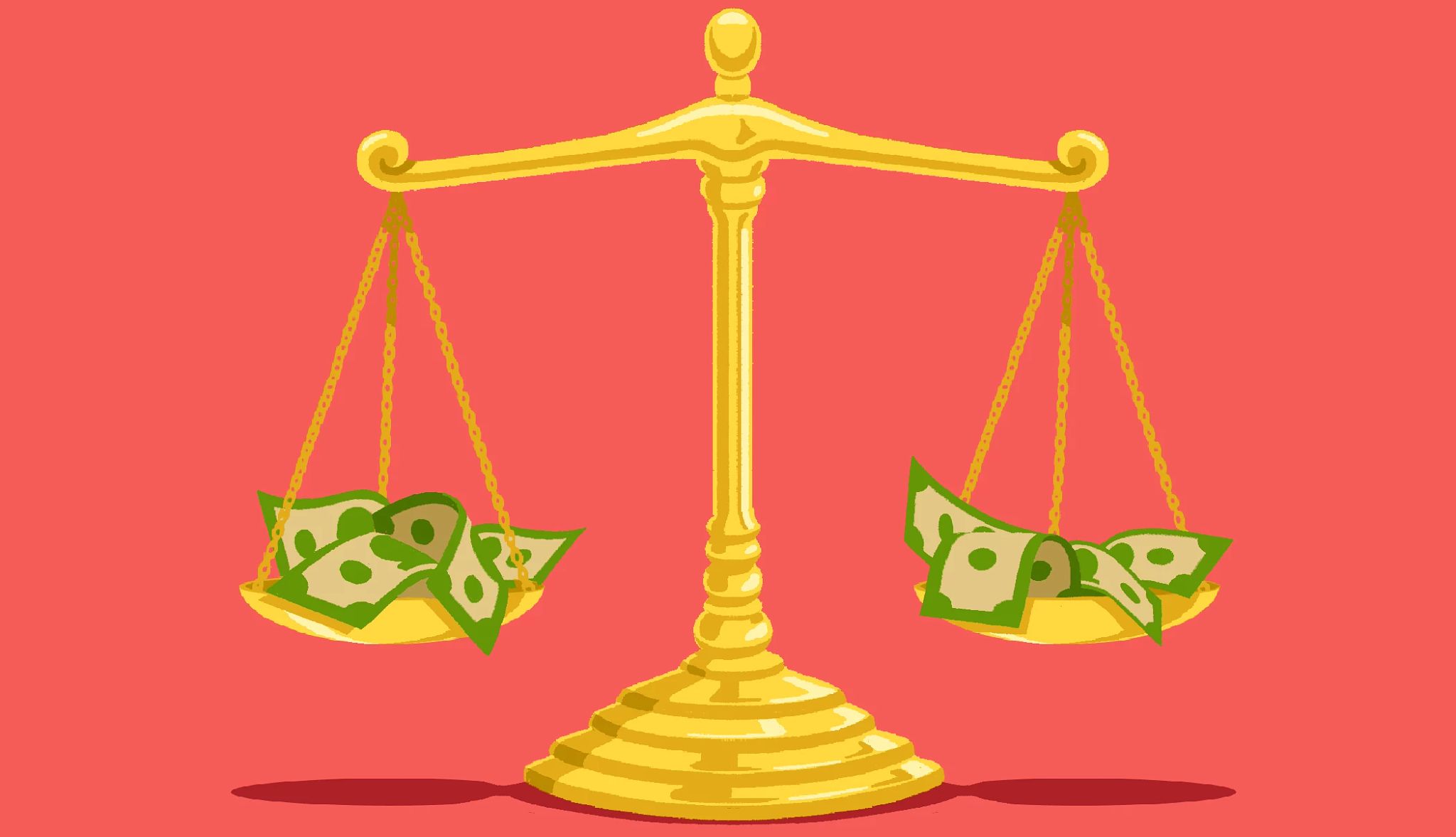AARP Hearing Center
401(k) Savings and Planning Calculator
The longer you save, the more money you'll have to spend in retirement
Change the information currently provided in the calculator to match your personal information and view your results.
AARP Tools & Calculators for Your Life
Free tools to help you better manage your finances, your health, caring for a loved one and planning for retirement.
What’s a 401(k)?
A 401(k) is a type of retirement savings plan typically offered by for-profit companies. It’s named after the section of the tax code that authorizes it. Some people who work for nonprofit organizations may have a similar plan, called a 403(b). Both allow you to contribute regularly to the account via payroll deductions.
401(k) plans come in two varieties: traditional and Roth. With a traditional 401(k), your contributions are tax-deferred — you won’t owe taxes on that money until you withdraw it. With a Roth account, contributions are taxed going in, but withdrawals are generally tax-free.
A 401(k) account offers a menu of investments, typically mutual funds, although some plans have a brokerage option that lets you invest in individual stocks. Most also offer stock, bond and money market funds, as well as funds that invest in all three categories. It’s up to you to decide how to invest your contributions.
Quite a few things. Having your contributions automatically deducted from your paycheck is more convenient than having to periodically write a check or make a transfer to a bank or investment firm. That also makes it more likely that you will continue to save, which in turn makes it more likely you’ll have enough money to retire when the time comes.
But there’s more. With a traditional 401(k), your contributions aren’t counted as income for tax purposes; that reduces your annual tax bill. For example, if you earn $50,000 a year and contribute $5,000 of your salary to a 401(k), you shelter $5,000 from state and federal income taxes that year. If you’re in the 20 percent combined state and federal tax bracket, that will reduce your tax bill by $1,000.
And the returns on those investments won’t be taxed until you withdraw them. In a regular brokerage account, you owe taxes on income and capital gains for the year in which you receive them. A 401(k) allows your earnings to grow tax-free for as long as you keep the money in your account.
And investing regularly gives you the advantage of dollar-cost-averaging: By investing the same amount consistently, at regular intervals, you are effectively buying more shares of your investment when stock prices are low and fewer when prices are high. Just as a smart shopper might buy more of a favorite item when it’s on sale, you’re buying more shares of stock when they’re on sale.
Some companies will also chip in to your 401(k). This is free money, and as any financial adviser will tell you, free money is good.
Suppose that your employer offers a 50 percent 401(k) match up to 5 percent of your salary. For every dollar you contribute, they put in 50 cents. So, if you make $50,000 and contribute at least 5 percent, or $2,500, your employer would pitch in $1,250. Even if your investments earned nothing that year, you’d still see a 50 percent gain on your contributions — a level that would make hedge-fund managers green with envy.
In 2025, most workers can contribute up to $23,500 to a 401(k). Those age 50 or older can invest $7,500 more — what the IRS calls a “catch-up contribution” — for a total of $31,000. And starting this year, federal law allows a “super catch-up” for workers ages 60 to 63: In that age band, the catch-up limit is $11,250, for a total possible contribution of $34,750. And anything your company contributes is on top of that limit.
You can’t contribute more than your earned income in any year.
If your plan allows it, yes. You can borrow up to $50,000 or 50 percent of your vested account balance, whichever is lower. Plans typically allow up to a five-year repayment period. You’ll also pay interest on the loan, but you’ll be paying it to yourself rather than to a bank.
The drawback: If you leave or lose your job, you’ll have to repay the loan by that year’s federal tax deadline. If you don’t, the loan will be considered a withdrawal. You’ll owe taxes on the amount of the loan you didn’t repay. If you are younger than age 59½, you’ll also owe a 10 percent early withdrawal penalty.
Explore Retirement Content
AARP Tools & Calculators


AARP Membership
Join AARP for just $15 for your first year when you sign up for automatic renewal. Gain instant access to exclusive products, hundreds of discounts and services, a free second membership, and a subscription to AARP The Magazine.








































































